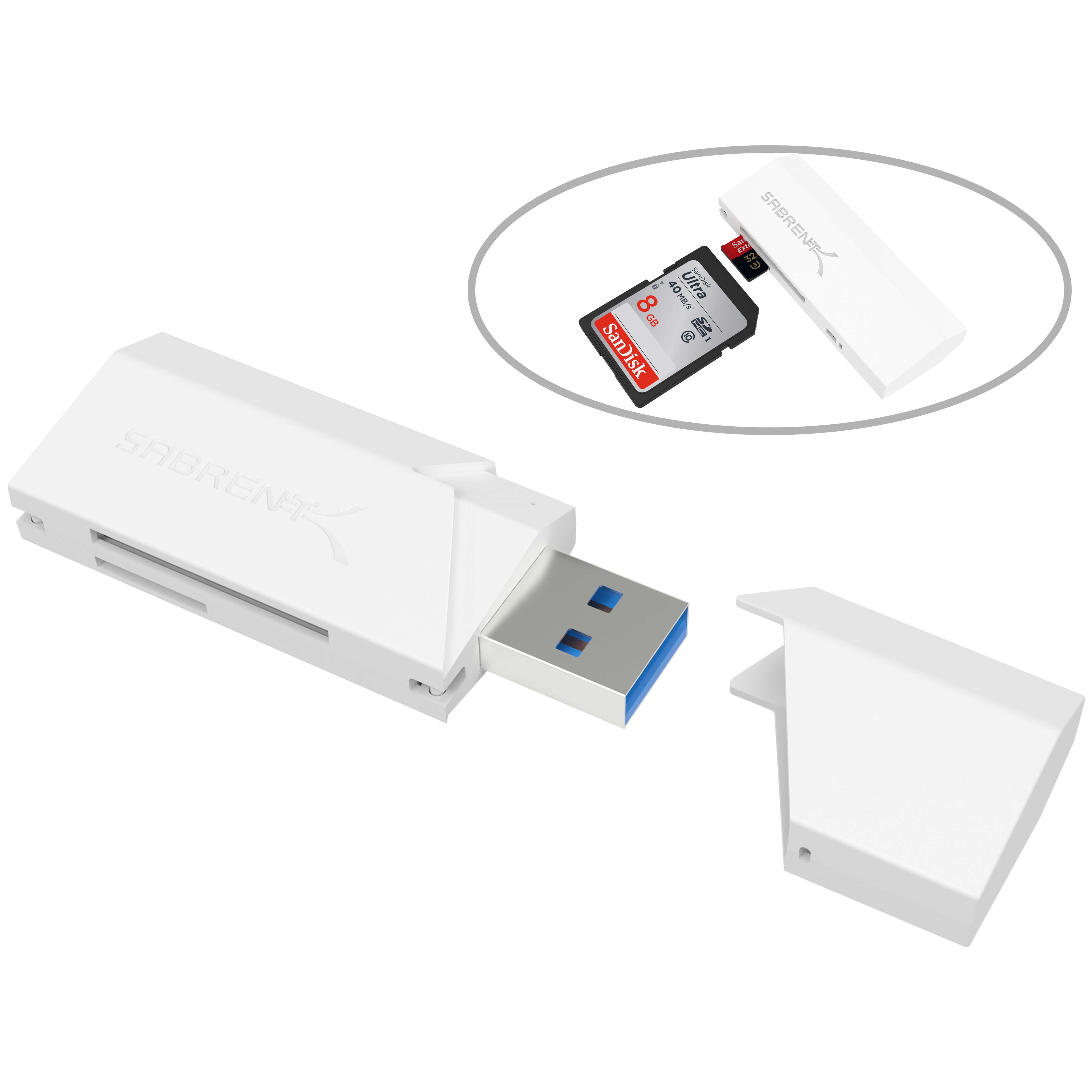

- #Usb connected ssd health test mac os#
- #Usb connected ssd health test full#
- #Usb connected ssd health test portable#
- #Usb connected ssd health test pro#
- #Usb connected ssd health test software#
What’s included with the Sabrent EC-TFNE USB 3.2 Tool-Free Enclosure for NVMe PCIe M Key M.2 SSD.
#Usb connected ssd health test software#
#Usb connected ssd health test mac os#
Supports Windows and Mac OS Complies with Trim, UASP, Power Saving, and upgradable Firmware.

This is an industry-standard, and the aluminum enclosure is built to dissipate the heat outward. Please Note NVMe SSD generates a lot of heat. CNC Machined aluminum material, strong and durable. Frosted surface provides a comfortable touch. Promotes greater heat dissipation that keeps the adapter efficiently working.

#Usb connected ssd health test full#
Read on for our full review! Specifications Our Sabrent EC-TFNE review looks at an easy, too-free USB 3.2 NVMe PCIe aluminum enclosure with transfer speeds of up to 1000MB/s.
#Usb connected ssd health test portable#
Instead of getting rid of it, you can use a USB enclosure to turn it into a portable external USB drive with faster speeds. While most USB sticks come in a specific size, there may be a time when you have recently upgraded your NVMe PCIe SSD drive in your computer and have a spare one lying around. And also for remote collection of such data by admins, who could use this feature with ARD or other secure command line login.USB drives are nothing new, but with newer USB upgrades coming out, they are getting faster. The ability to run Disk Speed Test from the command line would allow for automation. Something that one could import into Excel or some other spreadsheet would be idea. It would be nice if Disk Speed Test had an option to save a log file with the test results for each run. It would be nice to be able to specify a pause between runs. Instead of just running forever, it would be nice to be able to specify that Disk Speed Test is to run some user specified number of times.Ībility to specify the pause period between runsĪt the default values, it is hard to stop the program after it has totally finished one test, and before it has started another. However, a few enhancements would make this program truly wonderful. You can easily detect when a device is performing subpar and, and with the spinning disk, you can see is transfer speeds deteriorates over time.ĭisk Speed Test is a very useful product and one cannot complain about the price point. I have run Blackmagic on USB 2, thumb drives, USB 3, and USB C devices to see if I’m getting my money’s worth.
#Usb connected ssd health test pro#
On an older MacBook Pro the rates I see are 500 MB/S both read and write, as you would expect. I have tried this on my older mackbooks with SSD and they do scale down as the device is older. On my 2016 MacBook Pro, I am seeing speeds like 1,000+ MB/s write, and 1100+ MB/S read. Since the “volume” is on your Startup Disk, you will see how fast it drive is. In Blackmagic select the disk image mounted. Mount the volume (if it is not already mounted). Make it big enough for Blackmagic to work with (7+ GB) and name it what you will. Create a disk image (.dmg) using the disk utility specifying file->new image->blank image. I found a workaround that will report the rates of the Startup Disk. When Blackmagic tries to read the Startup Disk, you get the message that the device is not writeable, hence you cannot rate the the transfer rates of the drive. Blackmagic is now faster enough to rate internal SSD speeds, even the Startup Diskīlackmagic has been updated to adequately report the speed of SSD devices.


 0 kommentar(er)
0 kommentar(er)
